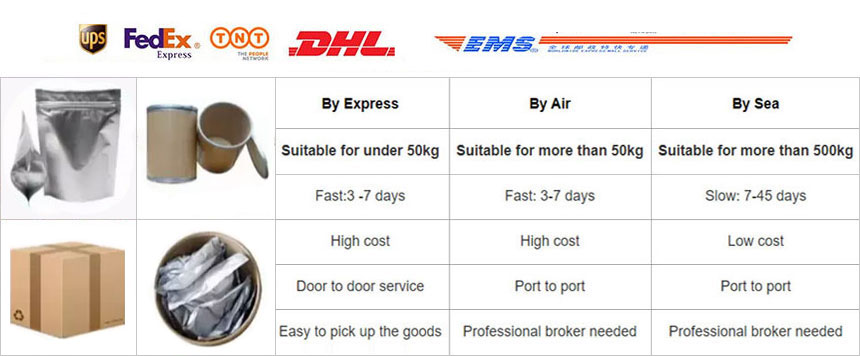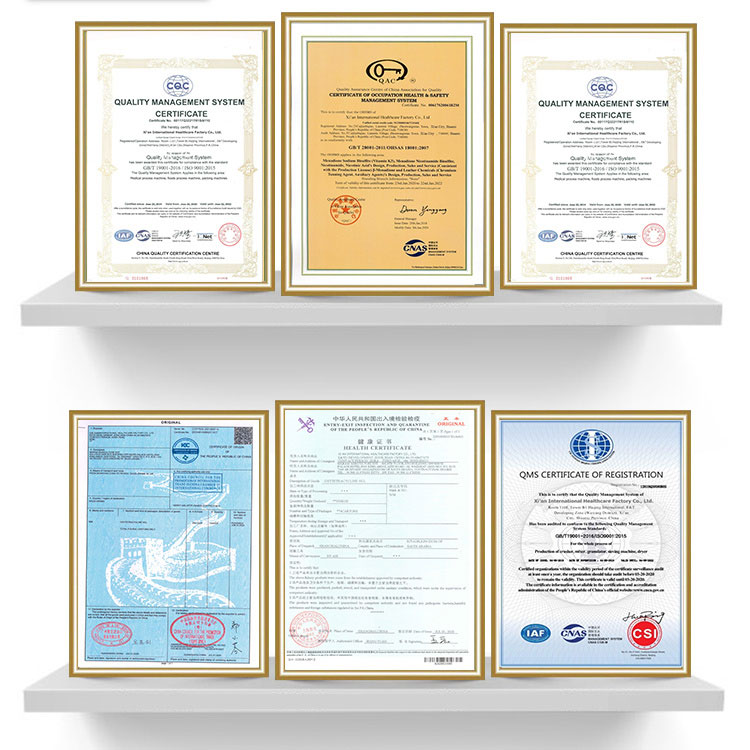Phone: 86-29-89601602
Mail: sales27@interlgroup.com
Add: Room 305 , 3/F , Haipai Decoration Office Building , Yudu Avenue , Yuncheng , Shanxi
Buy Sodium tripolyphosphate powder Raw Materials
Product Overview:
Sodium tripolyphosphate powder, also known as pentasodium phosphate, sodium pyrometaphosphate, STPP, pentasodium tripolyphosphate powder. White powder crystal, good fluidity, relative molecular weight 367.86, melting point 622℃, easily soluble in water, its aqueous solution is alkaline. Commonly used in food, as water retention agent, quality improver, pH regulator, metal chelating agent. Sodium tripolyphosphate is a kind of detergent additives with good properties and is also the largest component in the detergent production process. Sodium tripolyphosphate powder can expand and solubilize proteins in dirt, thus playing a degelating effect. It can promote emulsification of fat. Dispersion of solid dirt; It has a strong emulsification effect on lubricating oil and fat, and can be used to adjust the PH value of buffer soap liquid.
Buy Sodium tripolyphosphate powder Raw Materials Attributes
MF:Na5O10P3
MW:367.86
EINECS:231-838-7
Specification:99% MIN Sodium tripolyphosphate powder
Sample:Sodium tripolyphosphate powder
Keywords:
Appearance:white powder
Storage: Cool Dry Place
Brand: Ausreson
Shelf Life: 2 Years
Test Method: HPLC
Buy Sodium tripolyphosphate powder Raw Materials Details
Uses and synthesis of Sodium tripolyphosphate powder
- Sodium tripolyphosphate powder, also known as pentasodium phosphate, sodium pyrometaphosphate, STPP, pentasodium tripolyphosphate powder. White powder crystal, good fluidity, relative molecular weight 367.86, melting point 622℃, easily soluble in water, its aqueous solution is alkaline. Commonly used in food, as water retention agent, quality improver, pH regulator, metal chelating agent.
- Sodium tripolyphosphate is a kind of detergent additives with good properties and is also the largest component in the detergent production process. Sodium tripolyphosphate powder can expand and solubilize proteins in dirt, thus playing a degelating effect. It can promote emulsification of fat. Dispersion of solid dirt; It has a strong emulsification effect on lubricating oil and fat, and can be used to adjust the PH value of buffer soap liquid.

Applications/Functions of Sodium tripolyphosphate powder
- Sodium tripolyphosphate powder can increase the tenderness of meat, and can also be used as a food amendment for fish products and a clarifying agent for beverages.
- Sodium tripolyphosphate is used as a highly effective water softener for cooling water treatment in power stations, rolling stock, boilers and fertilizer plants.
- Tissue improver; Emulsifier; Buffer; Chelating agent; A stabilizer. It is mainly used for tenderizing canned ham. Can broad beans to soften the skin. It can also be used as water softener, pH regulator and thickener.
- Sodium tripolyphosphate as a quality modifier has the effect of increasing the complex metal ions, pH value and ionic strength of food, thus improving the binding strength and water retention of food.

Key Applications & Benefits
| Industry | Primary Use | Concentration Range | Effectiveness |
|---|---|---|---|
| Food Industry | Preservative for baked goods, cheeses, sauces | 0.01-0.5% | Inhibits mold/yeast for 2-3x shelf life |
| Cosmetics | Preservative in creams, lotions, makeup | 0.1-0.6% | Broad-spectrum protection |
| Personal Care | Shampoos, conditioners, wet wipes | 0.1-0.3% | Prevents microbial growth |
| Industrial | Adhesives, paints, textiles | 0.5-1.5% | Fungicidal properties |
Physicochemical Property of Sodium tripolyphosphate powder
Sodium tripolyphosphate powder is white sodium tripolyphosphate powder with good fluidity, relative molecular weight 367.86 and melting point 622℃. It is easily soluble in water and its aqueous solution is alkaline.
Production methodprocess of Sodium tripolyphosphate powder
The traditional preparation method of sodium tripolyphosphate is to neutralize the phosphoric acid with the mass fraction of H3PO4 of 75% in the soda ash suspension to obtain a neutral slurry with Na/P of 5∶3, which is kept warm at 70℃ ~ 90℃. Then the slurry was sprayed into the polymerization furnace, dehydrated at high temperature, and condensed into Sodium tripolyphosphate powder at about 400℃.
FAQ.
Q: Is it safe in my skincare products?
A: At approved levels (<0.6%), yes. Those with sensitive skin may prefer preservative-free options.
Q: Does it appear on "clean beauty" lists?
A: Typically no - considered a synthetic preservative by EWG (score 3-5).
Q: How does it compare to natural preservatives?
A: More effective than rosemary extract but less so than phenoxyethanol.
Q: Should I avoid it in foods?
A: At regulated levels, no significant risk for most consumers.










